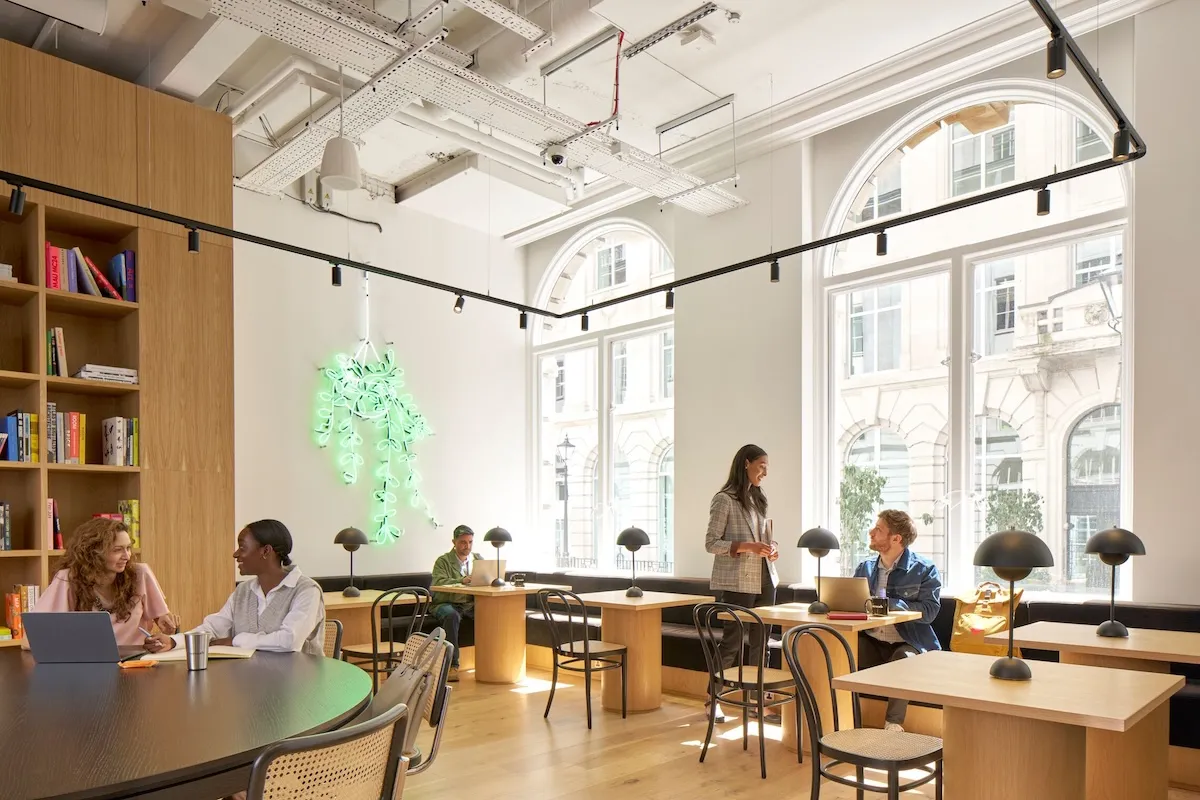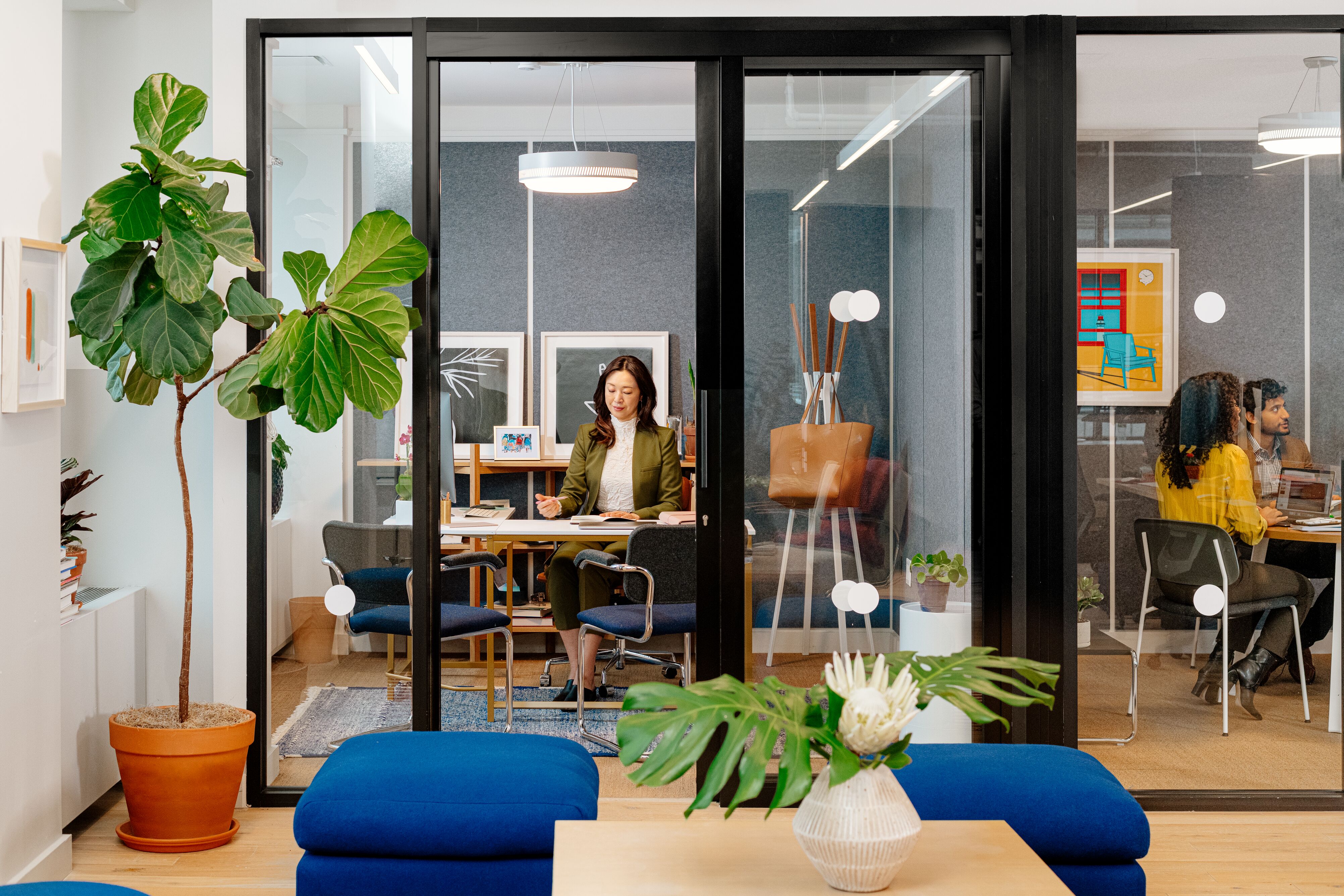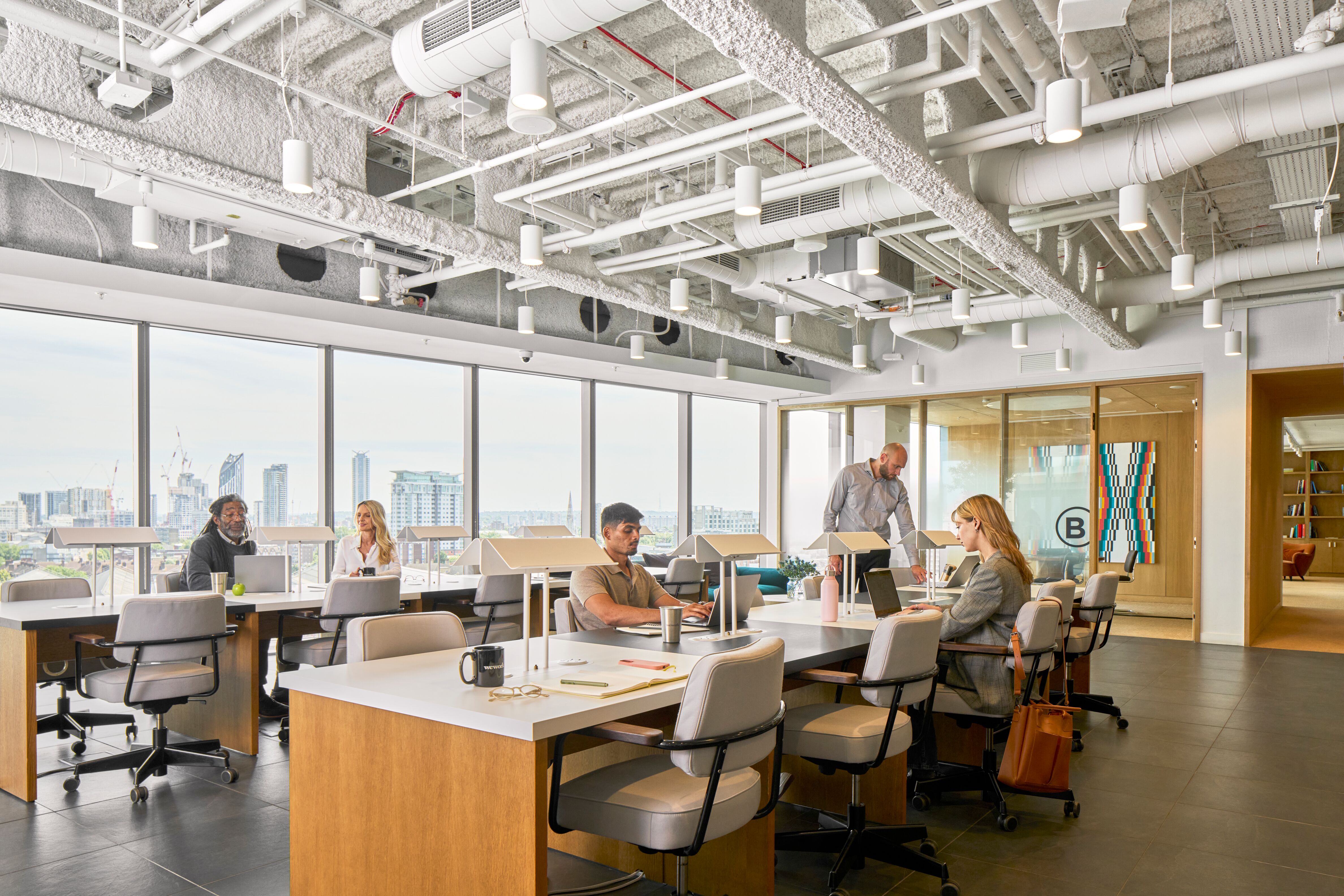This article originally appeared on Mexico Business News.
Company culture is one of those things we don’t discuss often but is paramount for a company to thrive. Google is a global example of a company that has built a strong culture. It is widely known for its efforts to foster a specific culture through its work environment— basically a playground for adults in which employees can literally immerse themselves in the culture.
While we may have neither the desire nor the capacity to imitate Google’s main office complex, we should give serious thought to how our people feel when they are working, whether that’s in our office premises or at a remote site.
Even though normalcy as we once knew it will likely never return to the workplace, the fact is that the worst part of this crisis may well be behind us, leaving businesses, and especially HR professionals, with the task of figuring out what company culture is going to look like in a hybrid world. A recent study commissioned by Microsoft confirmed that “while maintaining productivity hasn’t been an issue with remote working, a strain on team culture seems to be hampering innovation,” among other things.
In a hybrid world, human connections are vital to our mental health, our feeling of inclusion, and a company’s ability to maintain culture and engagement. As we move toward a new normal, being intentional about how, where, and when we work will be more critical than ever to maintaining and strengthening our company culture.

During the crisis, we’ve all experienced incredible amounts of anxiety and loss. Among other things, we’ve lost the ability to connect with friends and family in meaningful ways. Working from home has brought us tremendous opportunities to engage with others and keep up the good work, but that’s just one piece of the puzzle. The blended experience of working and living in a virtual world has taught us that we can be much more flexible in the way we think about work. We don’t need to gather together every day to be productive, but we can also see very clearly that working virtually will never replace the experience of gathering together, brainstorming, and deeply connecting with one another.
So the question is, how can we build and maintain culture in a hybrid workplace? The answer can be very simple or extremely complicated. Our conversations about the future of work should be around people, how we prioritize their health and safety, how we build on their wellness, and how we can provide a safe and flexible workplace that fosters productivity, engagement, and general well-being.
At this point in history, leaders have a tremendous opportunity to fashion a hybrid model that best fits their companies; however, interactions between leaders and their teams will be essential in maintaining a unified culture that thrives through the transition. These are some actions that leaders can take to facilitate culture and connection in a hybrid workplace.
As leaders, we should be more inspirational and less hierarchical
Companies thrive and grow when employees feel a sense of belonging and shared purpose. This can easily fade away when employees feel as if they’re not being treated equally. When working with hybrid teams, it’s important that every member feels represented. One of the research studies we conducted last year showed that 80 percent of millennials and Gen Z feel less connected to their peers and leaders since working from home, which means remote teams could have a hard time connecting and engaging in the same way that face-to-face teams do. To avoid this, leaders must rely on more inspirational forms of leadership that compensate for the lack of social encounters and in-person interactions.
Foster informal interactions with your team

Virtual meetings are great, but let’s face it: They will never replace the spontaneous encounters and meaningful conversations that take place in the halls of an office over a cup of coffee. These informal and unexpected meetings provide a starting point for deep and strategic relationships in which people collaborate, exchange ideas, and strengthen social networks of tremendous value for the future of any professional. These types of interactions don’t happen as naturally in a virtual environment; leaders need to be intentional and generate new approaches to creating these interactions as people continue to work on- and off-site.
Be crystal clear with your expectations as a leader
As we continue to transition to a “new normal,” we’re learning new things every day and discovering what works for us and what doesn’t. In light of this uncertainty, we need to set crystal-clear expectations and provide certainty to our teams. As leaders, it’s our responsibility to unfold this world of new hybrid possibilities, setting the rules from the start and communicating effectively what is expected of each individual regardless of their work model.
Seize the moment and embrace innovation in the workplace

From my point of view, there’s never been a better time to transform our way of working, challenge the status quo, and innovate in the workplace. This is the time to implement changes that benefit the whole organization in terms of productivity, creativity, and well-being. When approached in the right way, a hybrid workplace that allows employees to decide where, how, and when they work can help companies make the most of their talent wherever they are, while lowering costs and generating a positive impact.
While protecting our company culture through this crisis and beyond can be one of the biggest challenges facing the post-pandemic world, it’s up to us to turn those challenges into great opportunities for the future.
Alvaro Villar is general manager of Mexico and Central America at WeWork, based in Mexico City.
Rethinking your workspace?










